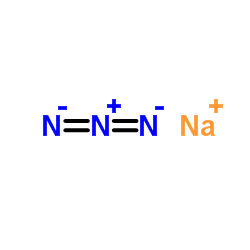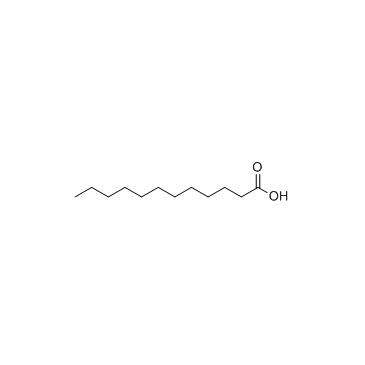| Structure | Name/CAS No. | Articles |
|---|---|---|
 |
Sodium azide
CAS:26628-22-8 |
|
 |
Lauric acid
CAS:143-07-7 |
|
 |
oleic acid
CAS:112-80-1 |
|
 |
Monoolein
CAS:111-03-5 |
|
 |
Octanoic acid
CAS:124-07-2 |
|
 |
Myristic acid
CAS:544-63-8 |
|
 |
Monoctanoin
CAS:502-54-5 |